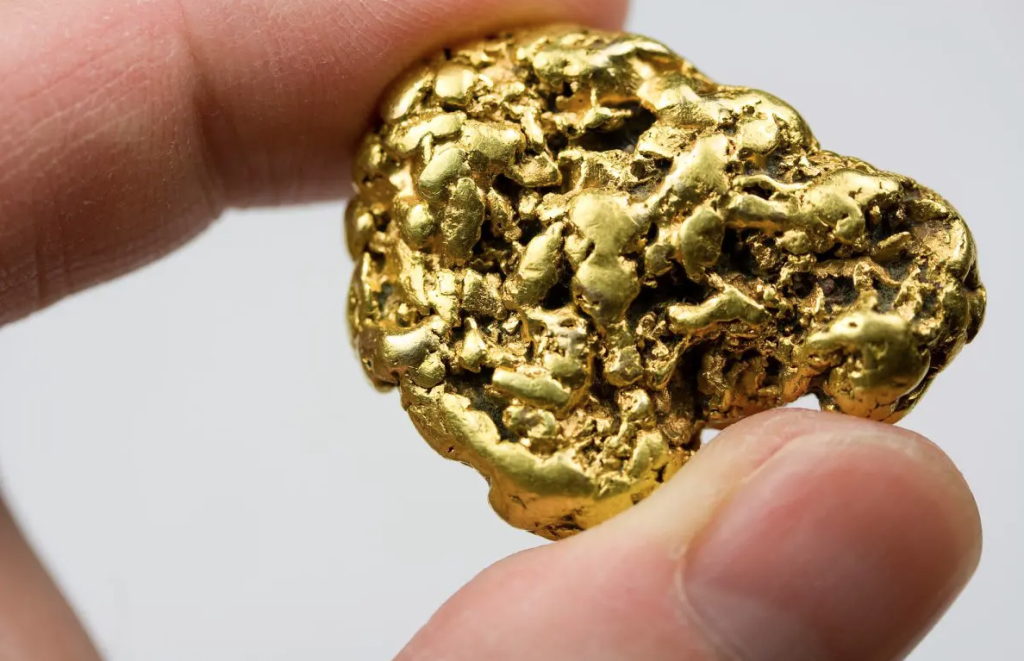The MAAP project monitors the state of environmental crimes in the tropical forest
(Sustainabilityenvironment.com) – In 2010 the Peruvian Environment Minister planned to zero deforestation by 2021. Today, Peru is struggling with the highest levels of logging in its history: in 2020 more than 200,000 hectares of forest disappeared, 37% more than the previous year. One of the reasons these numbers explain is the growing interest of South American criminal organizations in business such as deforestation, illegal mining of gold and other minerals, and trafficking in wild animals. Environmental crimes are a – very lucrative – way of diversifying from the hard core of drug trafficking, arms trafficking and human trafficking.
The sad story of environmental protection in Peru is told in the report “The roots of environmental crime in the Peruvian Amazon“, prepared by the NGO Amazon Conservation Association as part of the project Monitoring of the Andean Amazon Project. An attentive look at a central region for the biological diversity of the region. The Peruvian Amazon, in fact, is a huge area, as large as Ukraine, and hosts a good slice of the biodiversity of the rainforest thanks to the richness and variety of ecosystems and microclimates in the transition zone between the Andes and flat forest.
Read also We have crossed the planetary boundary for fresh water
“The main actors of environmental crimes in the Peruvian Amazon can be divided into three categories”, explains the dossier. “At the top of the scale, there are legal actors, such as corrupt state authorities or legally registered companies, who facilitate environmental crimes” through a dense network of corruption reports. “Beneath them are various types of small and large business criminal networks that help finance and orchestrate these crimes. At the bottom step is the workforce performing low-level tasks, such as cutting down trees, scouring gold or poaching animals”.
Deforestation is driven mainly by the expansion of agriculture, in which criminal networks infiltrate acquiring land at favorable prices thanks to corrupt officials, who are then resold with a profit or used for agricultural production. But other important drivers are drug production – cocaine plantations, mainly -, timber trafficking, wildlife trafficking, and illegal mines. The latter is a scourge of considerable proportions. Only in the district of Madre de Dios, in the south, are at least 180 tons of mercury – used for the extraction of gold – that every year are spilled into the environment. In this region, between 2009 and 2017 illegal mines cleared almost 70 thousand hectares of forest.

